The striped polecat (Ictonyx striatus), also known as the African polecat, zoril, zorille, zorilla, Cape polecat, and African skunk, is a member of the Mustelidae family that looks like a skunk (of the Mephitidae family). The term “zorilla” is derived from the Spanish word “zorro,” which means “fox.” It prefers dry and arid conditions, such as savannahs and open land throughout Central, Southern, and Sub-Saharan Africa, with the exception of the Congo basin and more coastal locations in West Africa.
Striped polecats are carnivorous animals that thrive in Africa’s harsh and arid conditions. Their coloration frequently changes depending on where they are. They are often black on the underside, white on the tail, and have stripes running from their heads down their backs and on their cheeks.
Also referred to as the African skunk or zorilla, the Striped Polecat belongs to the mustelid family, which includes other well-known members such as otters, weasels, and badgers.
The legs and feet are completely black. They have distinctive face mask coloration, which frequently includes a white patch on their head and white ears. These masks are supposed to function as deterrents to would-be predators.
Striped Polecat: Species Profile
COMMON NAME: Striped Polecat
SWAHILI NAME: Kicheche wa Kawaida.
SCIENTIFIC NAME: Ictonyx striatus
TYPE: Mammal
FOOD: Striped Polecats primarily feed on small vertebrates such as rodents, birds, reptiles, and insects. They are skilled hunters and have sharp teeth and claws to catch and kill their prey. They may also scavenge on carrion or feed on fruits and berries.
HABITAT: Striped Polecats are found in various habitats across sub-Saharan Africa, including grasslands, woodlands, savannas, and even human settlements. They are adaptable animals and can thrive in both open and semi-forested areas.
SIZE: Striped Polecats are small to medium-sized mammals, with a body length ranging from 30 to 45 centimeters (12 to 18 inches). Their tail adds an additional 13 to 20 centimeters (5 to 8 inches) to their overall length. They have a slender body, short legs, and distinctive black and white stripes on their fur.
AVERAGE LIFE SPAN IN THE NATURAL HABITAT: The average lifespan of Striped Polecats in the wild is not well-documented, but it is estimated to be around 3 to 5 years.
ACTIVE: Striped Polecats are primarily nocturnal, meaning they are most active during the night. They are solitary animals and have territories that they mark and defend against intruders. They are known for their defensive behavior, which includes arching their back, raising their tail, and emitting a strong-smelling musk to deter potential threats.
GESTATION PERIOD: The gestation period for Striped Polecats is approximately 40 to 50 days. Females give birth to a litter of 2 to 5 young, which are born blind and helpless. The young stay with their mother until they are old enough to venture out on their own.
WEIGHT: Striped Polecats are relatively lightweight animals, weighing between 600 to 900 grams (1.3 to 2 pounds). They have a slender body structure and are well-adapted for their agile and quick movements.
SIZE COMPARISON TO A 6-FT MAN: Striped Polecats are much smaller than a 6-ft man. With a body length of 30 to 45 centimeters (12 to 18 inches), they are petite in comparison. However, their bold black and white stripes make them easily distinguishable in their natural habitat.
Physical Characteristics:
The Striped Polecat, also known as the African Striped Weasel or Zorilla, is a small carnivorous mammal native to Africa. It has a unique and distinctive appearance, characterized by the following features:
- Size: The Striped Polecat is relatively small in size, measuring about 30 to 40 centimeters (12 to 16 inches) in length, excluding the tail. The tail itself adds an additional length of around 15 to 25 centimeters (6 to 10 inches).
- Body Shape: It has a slender body with short legs, giving it a low and elongated profile. The body is cylindrical, tapering towards the tail.
- Coloration: The Striped Polecat has a striking black and white striped pattern across its body, which serves as a warning signal to potential predators. The stripes run vertically from the head to the tail, with varying thickness and intensity.
- Fur: The fur of the Striped Polecat is coarse and dense, providing protection and insulation. The predominant color of the fur is black, with white stripes extending from the top of the head down to the tail.
- Head: The head of the Striped Polecat is relatively small, with a pointed snout and rounded ears. The eyes are small and positioned laterally on the head.
- Scent Glands: Like other members of the Mustelidae family, the Striped Polecat possesses well-developed anal scent glands. These glands produce a strong and pungent odor used for territorial marking and defense against predators.
Overall, the Striped Polecat’s appearance is marked by its bold black and white striped pattern, making it easily recognizable in its native African habitats.
A. Striking Coloration:
The Striped Polecat is named after its distinctive black and white stripes that run along its body. The bold contrast of these markings acts as a warning to potential predators, indicating that the polecat possesses a potent defense mechanism.
B. Unique Scent Glands:
Similar to skunks, Striped Polecats possess anal scent glands that can emit a pungent odor when threatened. This strong scent serves as a deterrent, warding off predators and signaling their potential danger.
Habitat and Distribution:
A. Wide Range:
Striped Polecats can be found across various regions of sub-Saharan Africa, including grasslands, woodlands, savannas, and even desert areas. They are adaptable animals and can survive in diverse habitats, although they are more commonly associated with open grassy areas.
B. Burrow Dwellers:
These mustelids are skilled diggers and often create burrows or utilize abandoned burrows for shelter. They may also seek refuge in rock crevices or other suitable hiding spots.
Feeding Habits:
A. Carnivorous Diet:
Striped Polecats primarily feed on small vertebrates such as rodents, reptiles, birds, and insects. They are opportunistic hunters and will seize any chance to catch their prey, utilizing their agility and sharp claws to secure a meal.
B. Nocturnal Hunters:
Being primarily nocturnal animals, Striped Polecats are most active during the night when they venture out in search of food. Their excellent sense of smell and hearing aid them in locating prey in the darkness.
Reproduction and Behavior:
The Striped Polecat, or African Striped Weasel, exhibits fascinating behavioral traits and patterns. Here are some notable aspects of its behavior:
- Nocturnal Nature: The Striped Polecat is primarily nocturnal, meaning it is most active during the night. It has well-adapted senses that allow it to navigate and hunt in low-light conditions.
- Solitary Lifestyle: Striped Polecats are typically solitary animals. They establish and defend their own territories, which they mark with scent signals to communicate their presence and deter potential intruders.
- Agile and Swift Movements: Striped Polecats are known for their agility and quick movements. They are excellent climbers and can scale trees and rocks with ease. Their swift and nimble nature helps them navigate their environment and evade predators.
- Territorial Behavior: Striped Polecats are territorial creatures. They mark their territories using scent glands located near the anal region. By leaving scent marks, they communicate their presence to other individuals and maintain exclusive access to resources within their territory.
- Defensive Mechanisms: When threatened, the Striped Polecat exhibits defensive behavior. It can arch its back, raise its tail, and secrete a noxious musk from its anal glands. The musk has a strong and unpleasant odor, serving as a deterrent to predators.
- Burrowing Habits: Striped Polecats are skilled diggers and often inhabit burrows created by other animals or dig their own. These burrows provide them with shelter and protection from predators and extreme weather conditions.
- Diet and Hunting: Striped Polecats have a carnivorous diet, feeding on a variety of small vertebrates and invertebrates. Their prey includes rodents, birds, eggs, insects, and reptiles. They are agile hunters, using their sharp teeth and claws to catch and subdue their prey.
- Vocalizations: Striped Polecats communicate through various vocalizations, including chirps, growls, hisses, and screeches. These vocalizations serve as territorial markers, mating calls, or warnings to potential threats.
- Reproduction: Breeding in Striped Polecats typically occurs during specific seasons. After a gestation period of about two months, the female gives birth to a litter of typically three to five young. The young are cared for by the mother until they are independent enough to venture on their own.
Understanding the behavior of the Striped Polecat provides valuable insights into its survival strategies, interactions with its environment, and adaptation to its unique ecological niche in Africa.
A. Solitary Creatures:
Striped Polecats are typically solitary animals, only coming together during the breeding season. Males may engage in aggressive encounters with each other to establish dominance and secure mating rights.
B. Short Gestation Period:
Females give birth to a litter of typically three to six kits after a gestation period of around 40 to 50 days. The kits are born blind and helpless, relying on their mother for nourishment and protection.
Conservation Status:
A. Vulnerable Status:
The Striped Polecat is currently listed as a species of least concern by the International Union for Conservation of Nature (IUCN). However, localized declines in some populations have raised concerns, particularly due to habitat loss, fragmentation, and persecution by humans.
B. Importance of Conservation Efforts:
Conservation efforts should focus on protecting the natural habitats of the Striped Polecat, minimizing human-wildlife conflicts, and raising awareness about the value of these unique creatures. Research and monitoring initiatives can provide valuable insights into their ecology, population dynamics, and specific conservation needs.
Ictonyx striatus
The Ictonyx striatus (Striped Polecat) is an intriguing mustelid with its bold black and white stripes and defensive capabilities. Despite its resilient nature, the species faces challenges in the form of habitat loss and persecution. By implementing conservation measures, fostering coexistence, and educating the public about the significance of this species, we can contribute to the long-term survival of the Striped Polecat and ensure its place in the rich tapestry of African wildlife.
Striped Polecat Adaptations
The Striped Polecat, or African Striped Weasel, possesses several adaptations that enable it to thrive in its habitat. These adaptations include:
- Camouflage: The Striped Polecat’s distinctive black and white striped fur serves as camouflage in its natural environment. The contrasting stripes help it blend into various habitats, such as grasslands and scrublands, providing a degree of concealment from predators and prey.
- Noxious Musk: When threatened or attacked, the Striped Polecat releases a noxious musk from its anal glands. The musk has a strong and pungent odor that acts as a deterrent to predators. This adaptation helps the Polecat fend off potential threats and gives it a defense mechanism against predators.
- Agility and Speed: The Striped Polecat has a slender body, short legs, and sharp claws, which contribute to its agility and speed. These physical adaptations enable it to navigate various terrains, including rocky areas and trees, and swiftly pursue prey or escape from predators.
- Powerful Jaw and Teeth: The Striped Polecat possesses strong jaws and sharp teeth suited for its carnivorous diet. Its teeth are adapted for seizing, tearing, and consuming prey, allowing it to effectively hunt and feed on a variety of small vertebrates and invertebrates.
- Digging Skills: Striped Polecats are skilled diggers and have strong forelimbs and sharp claws for excavating burrows. They use these adaptations to create or modify burrows for shelter, protection, and rearing their young. Burrows provide them with a safe haven from predators and adverse weather conditions.
- Scent Glands: The Striped Polecat possesses well-developed anal scent glands that produce a strong and musky odor. These glands serve multiple purposes, including territorial marking and defense. By leaving scent marks, they communicate their presence to other individuals and establish their territory.
- Nocturnal Lifestyle: The Striped Polecat has adapted to a nocturnal lifestyle, which provides several advantages. Being active at night allows it to avoid competition with diurnal predators and prey. It has keen senses, including excellent night vision, that aid in hunting and navigating in low-light conditions.
- Flexible Diet: The Striped Polecat has adapted to a flexible diet, allowing it to survive in various habitats. It feeds on a range of small vertebrates and invertebrates, including rodents, birds, eggs, insects, and reptiles. This adaptability enables it to take advantage of available food sources in its environment.
These adaptations collectively enhance the Striped Polecat’s survival and increase its chances of successfully hunting, evading predators, and thriving in diverse ecosystems across Africa.
Where to See Striped Polecats in Tanzania
Striped Polecats, also known as African Striped Weasels, can be found in various regions of Tanzania. Here are some places where you may have the opportunity to see them:
- Serengeti National Park: Located in northern Tanzania, the Serengeti National Park is a vast and diverse ecosystem that is home to a wide range of wildlife. Striped Polecats inhabit this area, particularly in grassland and savannah habitats where they can find suitable prey and shelter.
- Ngorongoro Conservation Area: This UNESCO World Heritage Site is situated in the Crater Highlands of Tanzania. It encompasses the Ngorongoro Crater, a unique and fertile ecosystem where Striped Polecats can be spotted. The diverse vegetation and abundant wildlife in the area provide a suitable habitat for these elusive creatures.
- Tarangire National Park: Known for its picturesque landscapes and diverse wildlife, Tarangire National Park is another potential location to encounter Striped Polecats. The park’s mix of woodlands, grasslands, and swamps provides an ideal habitat for a variety of small mammals, including the Striped Polecat.
- Ruaha National Park: Located in central Tanzania, Ruaha National Park is the largest national park in the country. It is home to a rich array of wildlife, including Striped Polecats. The park’s diverse ecosystems, comprising woodlands, riverine habitats, and open plains, offer favorable conditions for these small carnivores.
- Selous Game Reserve: Situated in southern Tanzania, the Selous Game Reserve is a vast and remote wilderness area known for its abundant wildlife. Striped Polecats inhabit this region, taking advantage of the varied habitats, including woodlands, grasslands, and wetlands, that support their survival.
It’s important to note that Striped Polecats are elusive creatures and not commonly encountered during typical wildlife safaris. However, exploring these diverse and wildlife-rich areas of Tanzania increases your chances of spotting these fascinating animals. Local guides and wildlife experts can provide valuable insights and assistance in locating them within their natural habitats.
African Striped Polecats Safari Tips
If you’re planning a safari in Tanzania and hoping to catch a glimpse of the elusive Striped Polecat, here are some safari tips to enhance your chances of spotting them:
- Nocturnal Safaris: Striped Polecats are primarily nocturnal, so consider participating in nocturnal or evening game drives. These specialized safaris are conducted after sunset and offer opportunities to observe the activities of nocturnal creatures like the Striped Polecat. Remember to bring a spotlight or flashlight for better visibility.
- Patience and Silence: While on safari, practice patience and maintain a quiet demeanor. Striped Polecats are small and can easily be startled by loud noises or sudden movements. By remaining calm and quiet, you increase your chances of observing them in their natural behavior without causing them to flee.
- Expert Guides: Engage the services of experienced safari guides or naturalists who have knowledge of the local wildlife, including the habits and habitats of Striped Polecats. They can help you navigate the best locations, identify signs of Polecat activity, and provide valuable insights into their behavior and ecology.
- Focus on Suitable Habitats: Striped Polecats are often found in grasslands, savannahs, woodlands, and areas with dense vegetation where their preferred prey can be found. Ask your safari guide to focus on these habitats during your game drives to maximize your chances of encountering a Striped Polecat.
- Nighttime Observations: Consider staying at lodges or camps that offer opportunities for nighttime wildlife observations. Some accommodations have strategically placed observation decks or hides where you can quietly observe nocturnal animals, including the Striped Polecat, as they go about their activities.
- Use of Infrared Technology: Some safari operators provide infrared or thermal imaging technology, such as night vision goggles or camera equipment, which can greatly enhance your ability to spot and observe nocturnal animals. Inquire with your safari operator about the availability of such equipment.
- Keep a Distance: When you spot a Striped Polecat or any other wildlife, maintain a safe and respectful distance. It’s important not to approach or disturb them in their natural habitat. Use binoculars or telephoto lenses to observe them closely without causing any harm or stress.
Remember, wildlife sightings are never guaranteed, especially with elusive species like the Striped Polecat. Enjoy the overall safari experience and appreciate the diverse wildlife that Tanzania has to offer. Even if you don’t spot a Striped Polecat, you’ll still have the opportunity to witness other incredible wildlife encounters during your safari adventure.
Frequently Asked Questions about Striped Polecats
Q: What is a Striped Polecat?
A: The Striped Polecat, also known as the African Striped Weasel, is a small carnivorous mammal native to sub-Saharan Africa. It belongs to the Mustelidae family, which includes other weasels, otters, and ferrets.
Q: How big is a Striped Polecat?
A: On average, Striped Polecats measure around 30 to 40 centimeters (12 to 16 inches) in length, with an additional tail length of about 15 to 20 centimeters (6 to 8 inches). They weigh between 600 and 900 grams (1.3 to 2 pounds).
Q: What does a Striped Polecat look like?
A: Striped Polecats have a distinct appearance with a long, slender body covered in short, coarse fur. They have a black or dark brown base color with several bold white or cream-colored stripes running across their body from head to tail. The stripes serve as a warning to potential predators.
Q: Where do Striped Polecats live?
A: Striped Polecats are native to various regions of sub-Saharan Africa, including countries like Tanzania, Kenya, Uganda, and South Africa. They inhabit a range of habitats, including grasslands, savannahs, woodlands, and thickets.
Q: What do Striped Polecats eat?
A: Striped Polecats are opportunistic predators, feeding on a variety of small animals, including rodents, birds, reptiles, insects, and eggs. They have been known to raid poultry farms and consume domestic chickens as well.
Q: Are Striped Polecats social animals?
A: Striped Polecats are mostly solitary animals, but they do not mind sharing their home ranges with other members of their species. They are not highly territorial and may tolerate the presence of other Striped Polecats in their vicinity.
Q: Are Striped Polecats dangerous to humans?
A: Striped Polecats are generally not dangerous to humans unless provoked or cornered. Like many wild animals, they prefer to avoid human contact and will usually retreat or display defensive behaviors if they feel threatened.
Q: Do Striped Polecats have any predators?
A: Striped Polecats have a few natural predators, including larger carnivores such as jackals, large birds of prey, and snakes. However, their bold coloration acts as a warning signal, indicating that they possess a potent scent gland and can release a pungent odor as a defensive mechanism.
Q: Are Striped Polecats endangered?
A: The conservation status of Striped Polecats is currently classified as Least Concern by the International Union for Conservation of Nature (IUCN). However, localized threats such as habitat loss, human-wildlife conflict, and trapping for the fur trade can impact their populations.
Q: Can Striped Polecats be kept as pets?
A: Striped Polecats are wild animals and are not suitable for domestication or as pets. They have specific dietary and environmental needs that cannot be adequately met in a home setting. It is important to respect their natural habitat and observe them from a distance in the wild.
Please note that Striped Polecats are elusive and not commonly encountered during typical wildlife sightings. Their nocturnal behavior and preference for secluded habitats make them challenging to observe in the wild.

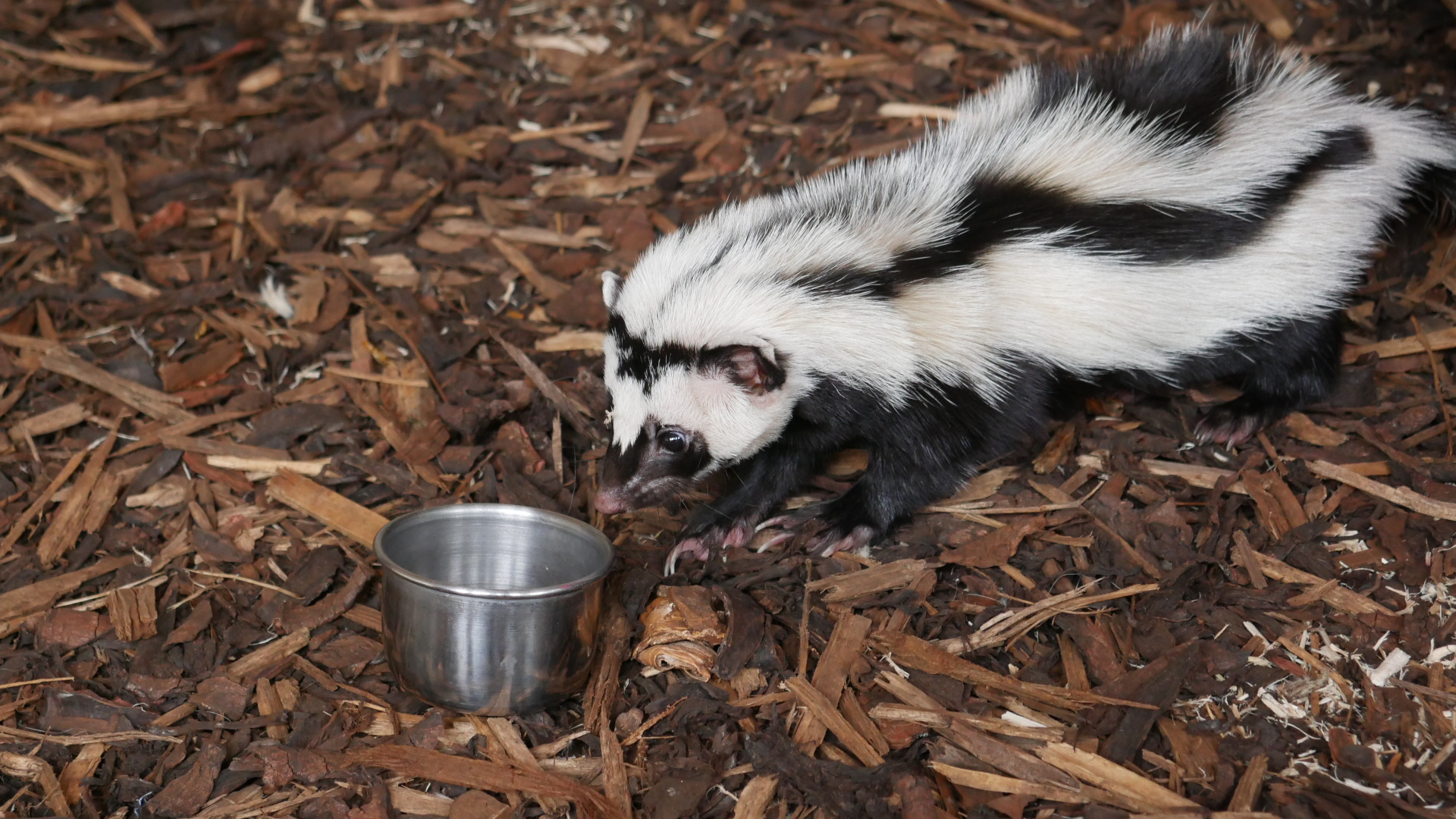
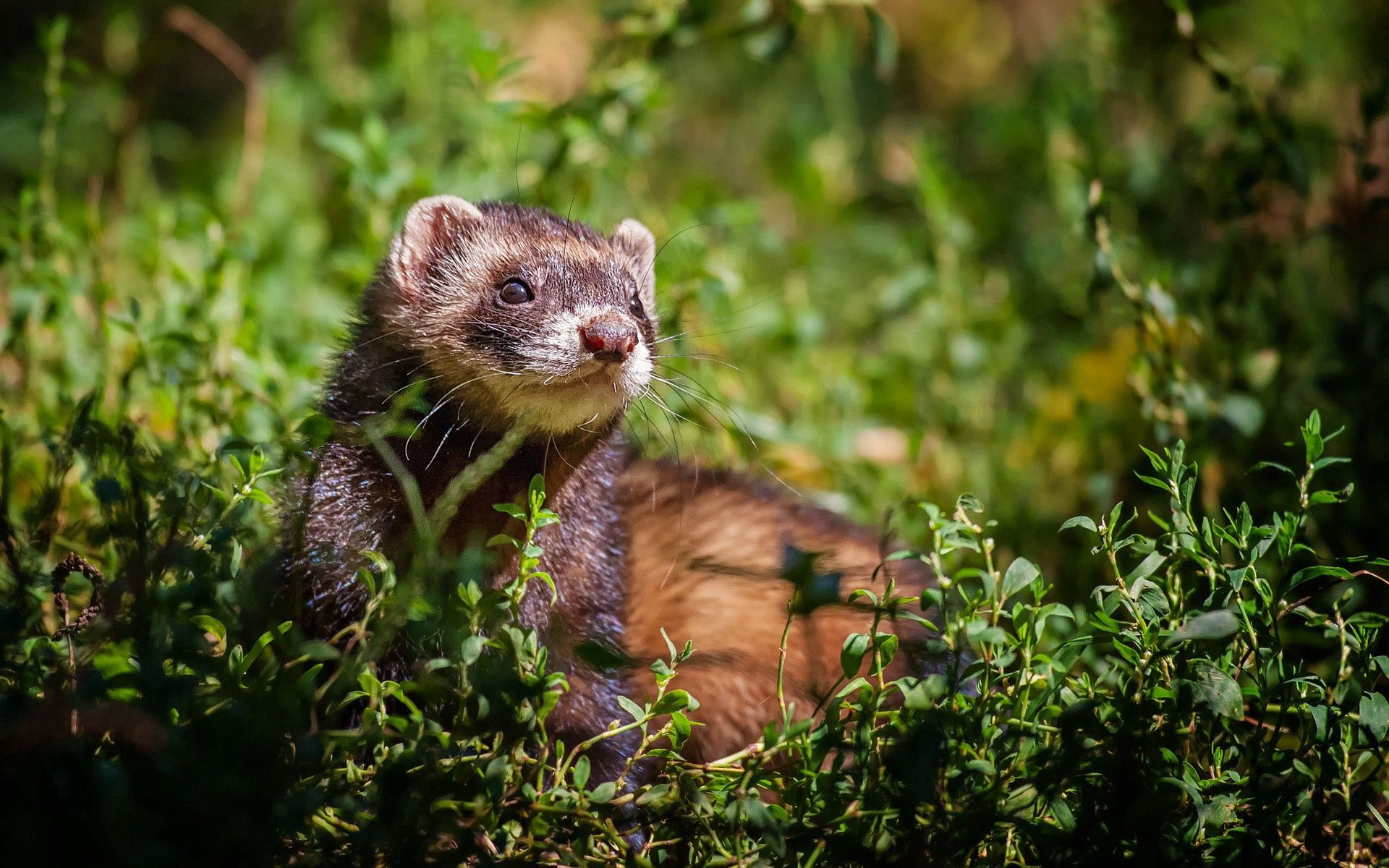
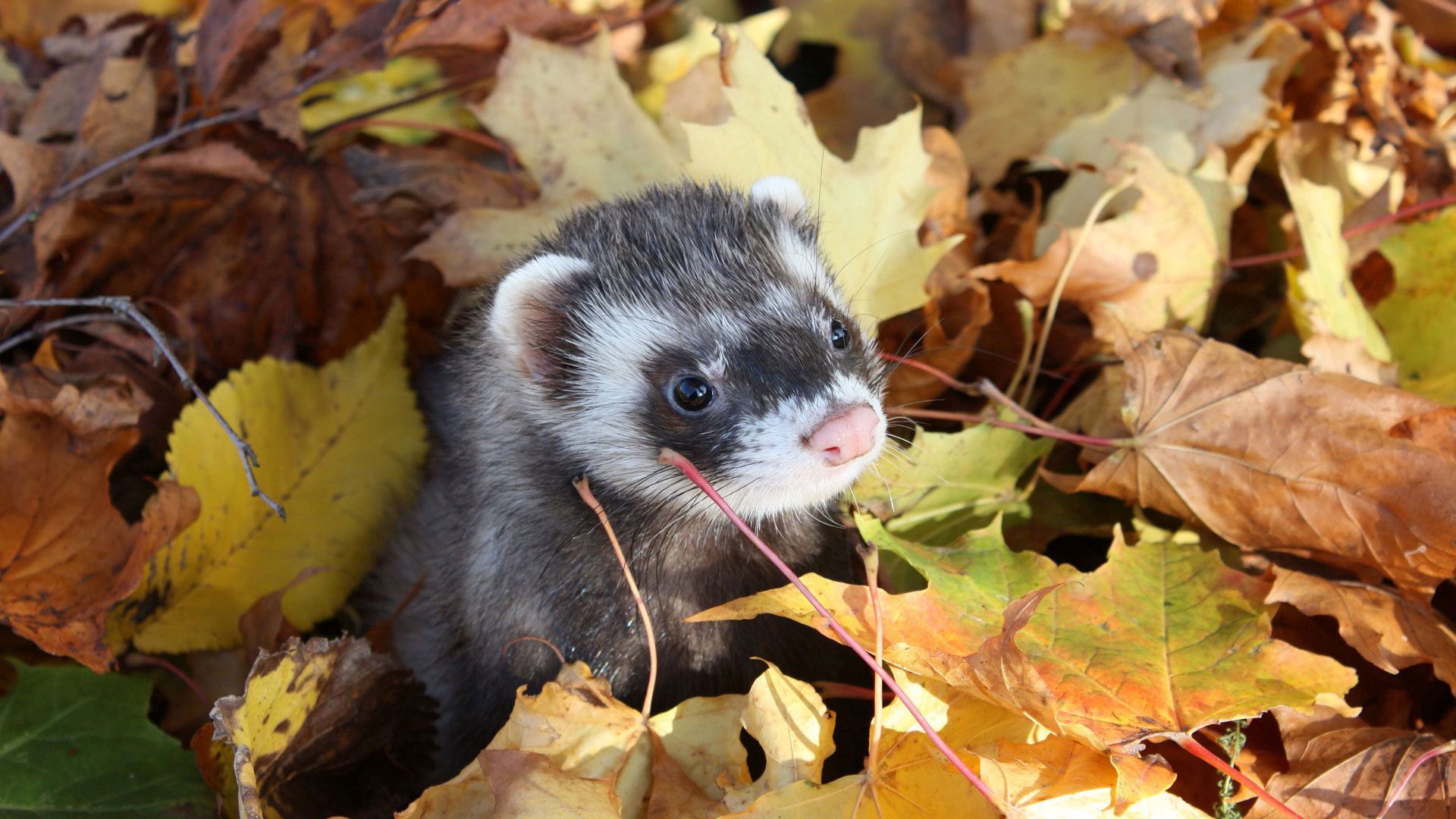
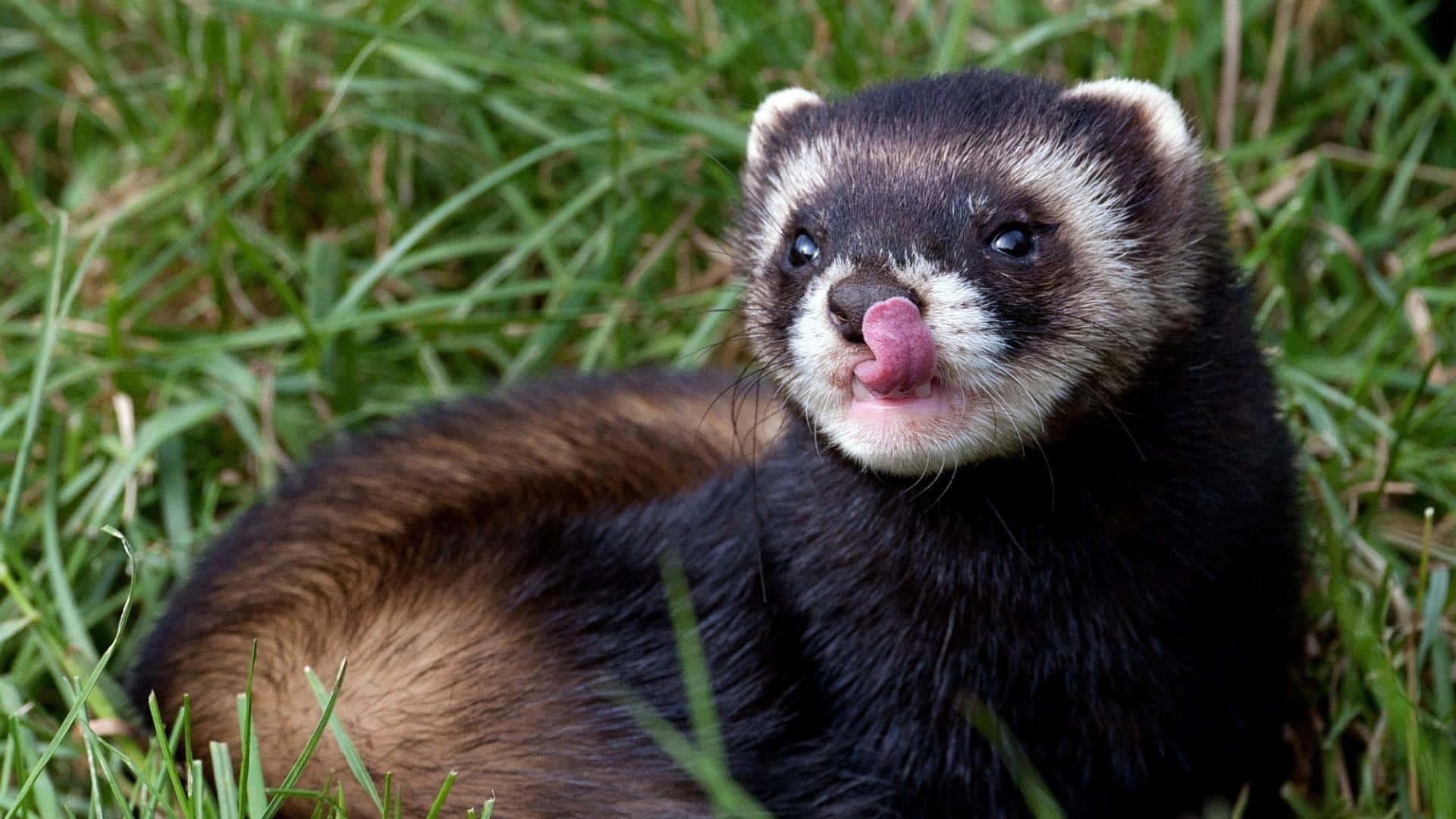
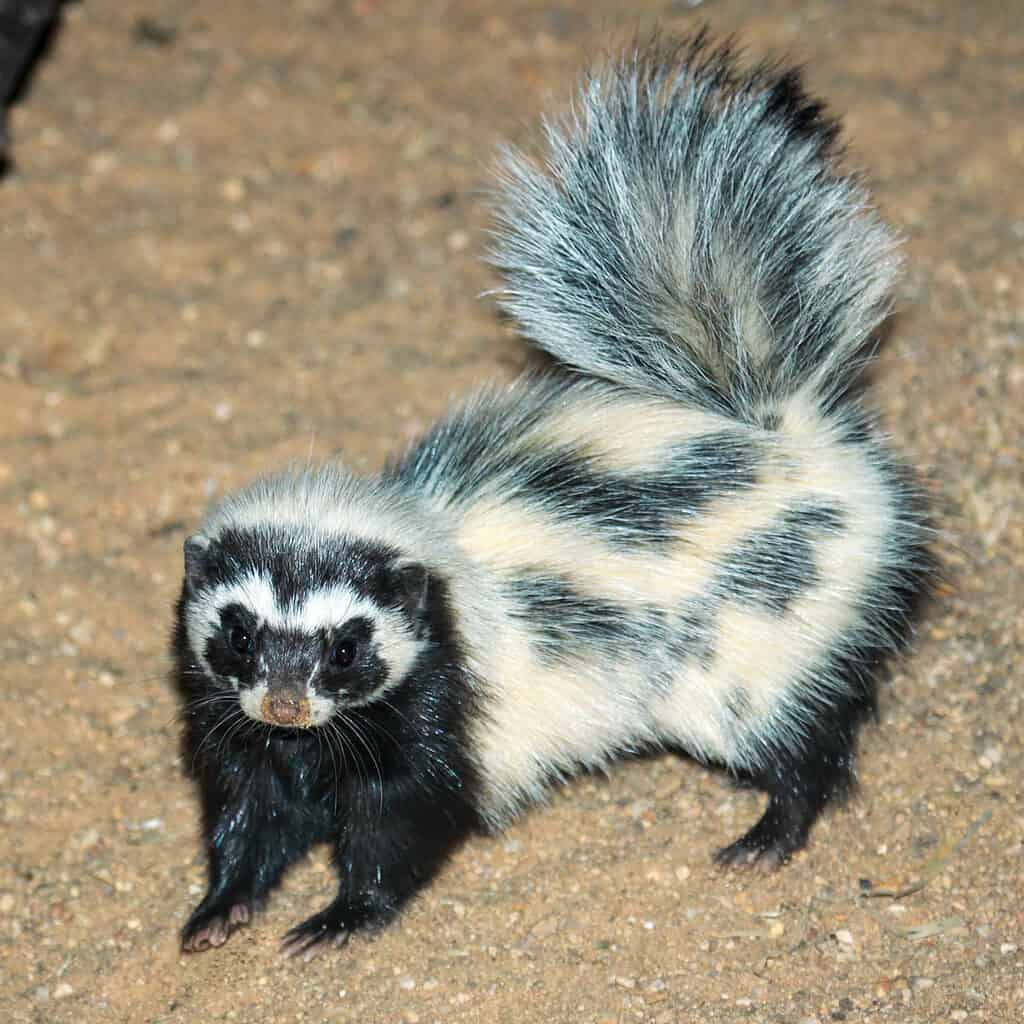
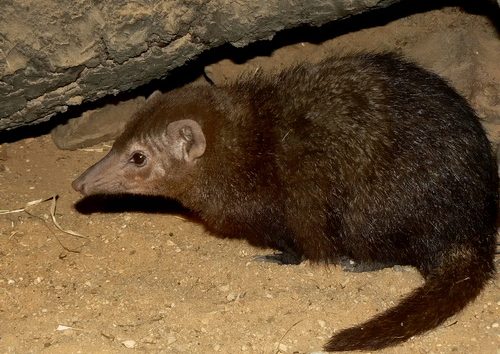
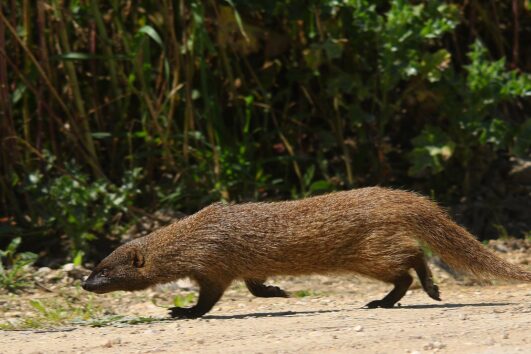

Tour Reviews
There are no reviews yet.
Leave a Review